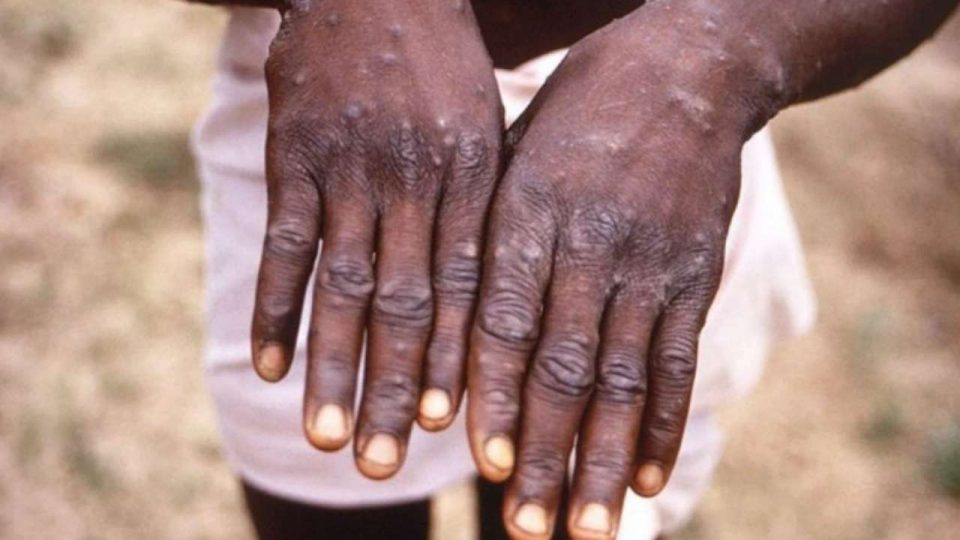
Western media has given 2022’s monkeypox outbreak an African face
At least 92 monkeypox cases have been recorded in 12 countries across Europe, the US, Canada, and Australia since the World Health Organization (WHO) started receiving reports of infections on May 13.
But in the news media, the face of the outbreak is decidedly Black and African.
From Reuters and the BBC, to Sky News and ABC News, international outlets have used (in some cases, decades-old) images of Black people to illustrate their stories and tweets about the spread of monkeypox. African journalists and media watchers haven’t taken kindly to the trend.
ABC, BBC led western media’s Black depiction of monkeypox
The WHO says monkeypox, which has no current treatments, is primarily found in west and central Africa. While there have been previous cases emanating from Africa to the US, part of current global concern is that monkeypox is spreading in places that are not endemic for the virus.
ABC, the American broadcaster, conveyed this surprise in its first monkeypox story following the outbreak, a May 20 explainer illustrated with an electron microscope graphic showing cells. “For the first time, the disease appears to be spreading among people who didn’t travel to Africa,” ABC said.
But in at least three subsequent articles, a picture of the back of a Black person’s hands with rashes and swollen lymph nodes welcomed readers to learn more about the disease’s spread in New York city and the rest of the US. The image’s description suggests it was taken in 1997 by the US Centers for Disease Control during a monkeypox outbreak in the Democratic Republic of the Congo (DRC).
The BBC’s May 22 article, which does not mention an African country as one of the places where monkeypox cases have surfaced, leads with a Black man’s torso showing open sores.
African journalists call out casual racism
These editorial choices are now under fire, perhaps best captured in a statement by the Foreign Press Association in Kenya, a group for journalists covering Africa for global outlets.
“We condemn the perpetuation of this negative stereotype that assigns calamity to the African race and privilege and immunity to other races,” the association’s signed statement read.
“What is the convenience of using such images to tell the world how Europe and America are reeling from the outbreak of monkeypox? Is the media in the business of ‘preserving White purity’ through ‘Black criminality or culpability’?”
This episode ties into broader grievances of questionable western media representation of Africa, a tendency to frame the continent as always diseased or battling disaster. In 2019, the New York Times was condemned for its gratuitous use of dead victims’ bodies in covering a terrorist attack in Nairobi, Kenya.
It also draws attention to who curates images for news media and the diversity of Africa-related images in their databases. Most images that have been used so far to depict monkeypox have come from Reuters, the Associated Press, and Getty.
Are media outlets using Black people because these image providers have limited options? Kennedy Wandera, chair of the foreign press association in Kenya, told Quartz that would be “a very lazy explanation.” But in that case, using microscopic images should suffice.
“What we are saying is that when you are saying there’s an outbreak of monkeypox in the UK or US, show us the images from hospitals in those countries,” he says.

